
nasa-hubble
read the bluets by maggie nelson (i havent read it yet but its on my tbr)
201 posts
Latest Posts by nasa-hubble
ottima scelta!
.scusami, non parlo italiano
not anon hate
in your opinion, what color is objectively the best one?
.#02ffff

Ghost Woods
you know what would be cool?
algae





uros miloradovic / rhodomenia sobolifera, anna atkins / corallina elongata, anna atkins / the tampa bay estuary program / nikita tikhomirov
you. you get it anon

Shirô Kasamatsu
Shiodoki
1964

“Moscou la Bleue” (c. 1920′s), by Leonid Brailowsky (1867-1937)

Kazuyuki Futagawa “Memory -thoughts-“ 2021 Panel, Paper and Mineral pigments 40.9 × 31.8cm.

Minna Sjöholm (Finnish, b. 1971, Imatra, Finland) - Sarjasta Tie, 2019, Paintings: Oil on Canvas
canonically untrue smh

twink
.What The Fuck
sorry that you got called a twink but it was kind of funny
twink
.What The Fuck
sorry that you got called a twink but it was kind of funny
twink
.What The Fuck
juice getting cyberbullied on the dash. great start to the day
twink
.What The Fuck

Palo blanco (Mariosousa willardiana), mid-winter sun.










Agnes Giberne - The Story of the Sun, Moon, and Stars.




SOMEONE LEFT THE LIGHTS ON IN THE CAR
just you then
cringe
you and me
cringe

Viktor Szabó aka Szabó Viktor (Hungarian, based Budapest, Hungary) - Untitled, Photography

Ross Bleckner, Bird Painting for Bid for Life





A.W. Dow Cyanotypes c.1900

Anna Atkins died 150 years ago today as the first woman to take a photograph and the first person to publish a book illustrated with photographic images. Here are her surreally beautiful cyanotypes of algae.

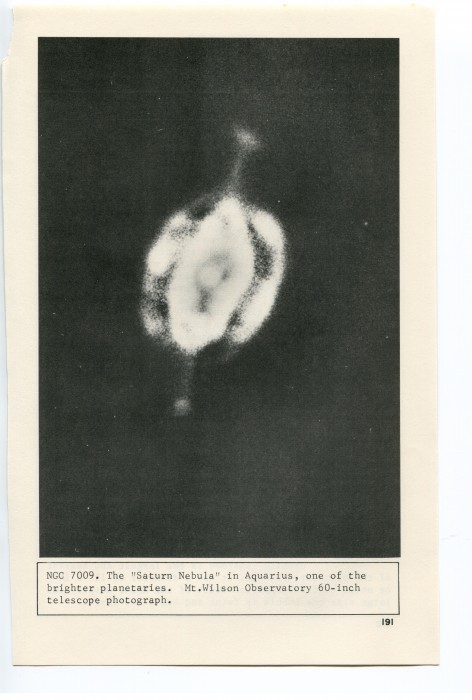
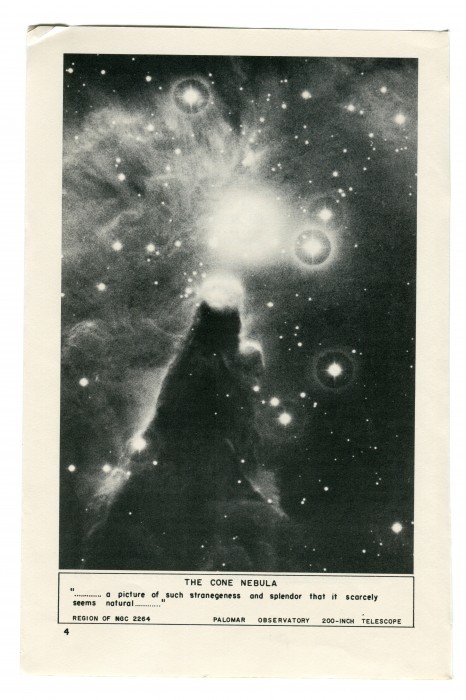

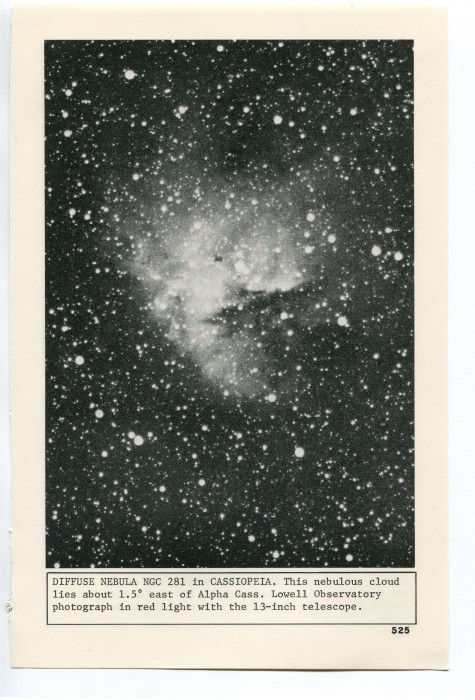

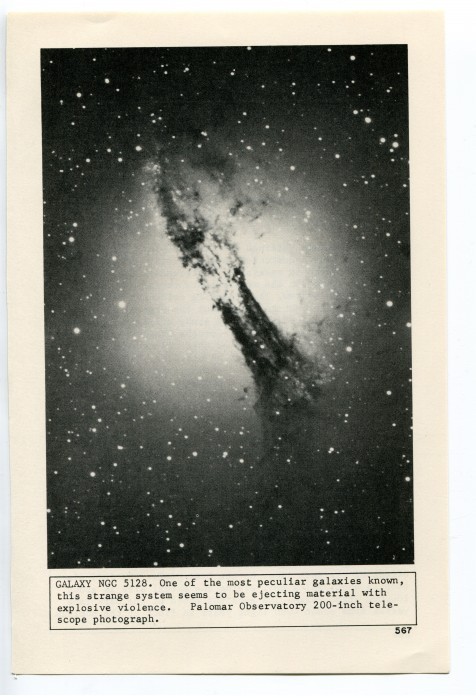
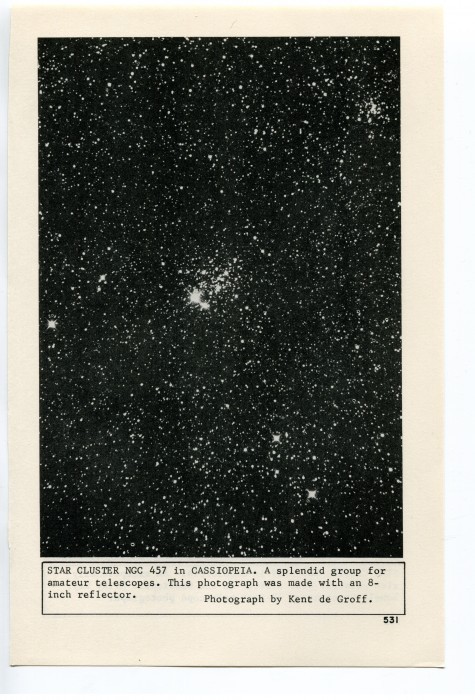

Lutz Bacher, Appropriated Celestial Photographs, (2012)




Zeva Oelbaum, Cyanotypes (from “Blue Print”)
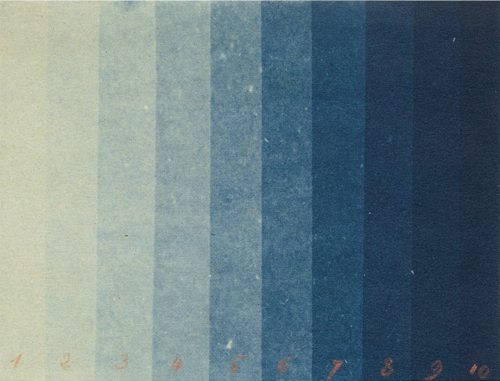
a cyanotype of the tonal spectrum, made circa 1880 by eugène dumoulin
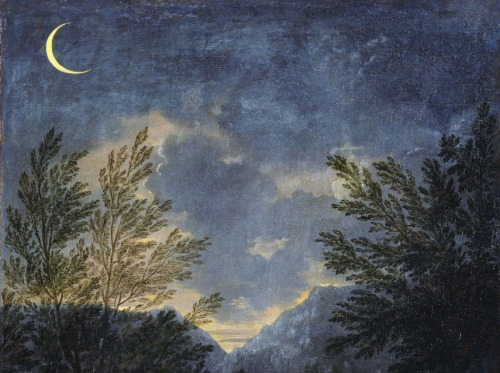
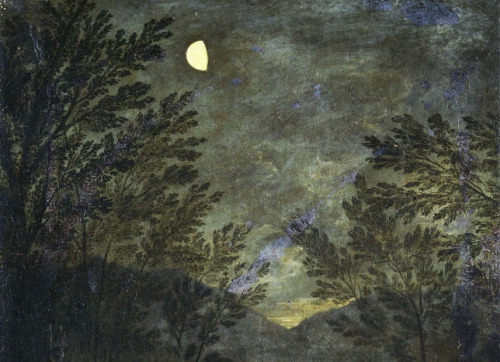
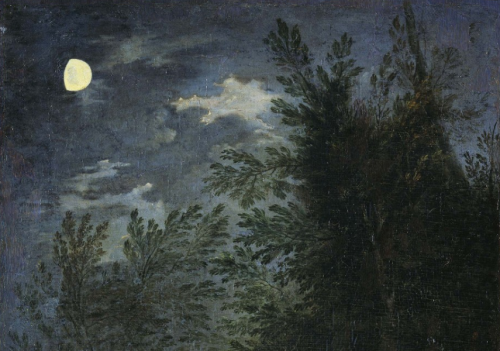
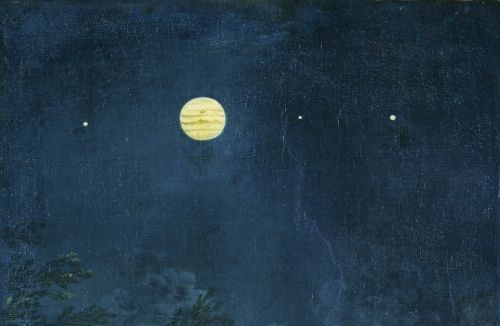
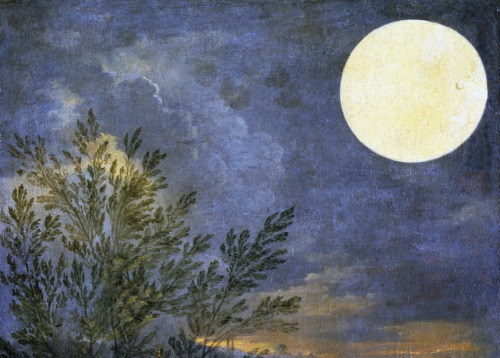
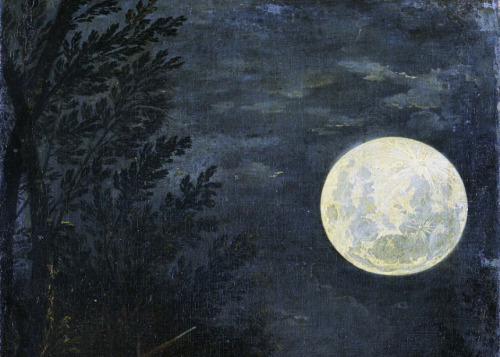
Donato Creti
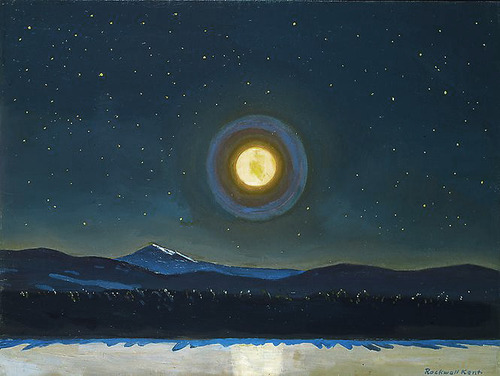
Moonlight in the Adirondacks By Rockwell Kent
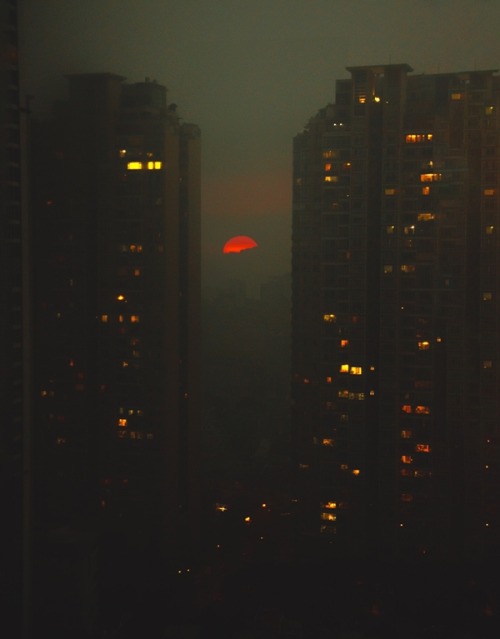

dreamer at day, insomniac at night
l trungbaotr l Saigon, Vietnam
“People can’t anticipate how much they’ll miss the natural world until they are deprived of it. I have read about submarine crewmen who haunt the sonar room, listening to whale songs and colonies of snapping shrimp. Submarine captains dispense “periscope liberty” - a chance to gaze at clouds and birds and coastlines - and remind themselves that the natural world still exists. I once met a man who told me that after landing in Christchurch, New Zealand, after a winter at the South Pole research station, he and his companions spent a couple of days just wandering around staring in awe at flowers and trees. At one point, one of them spotted a woman pushing a stroller. “A baby!” he shouted, and they all rushed across the street to see. The woman turned the stroller and ran. Nothing tops space as a barren, unnatural environment. Astronauts who had no prior interest in gardening spend hours tending experimental greenhouses. “They are our love,” said cosmonaut Vladislav Volkov of the tiny flax plants - with which they shared the confines of Salyut 1, the first Soviet space station. At least in orbit, you can look out the window and see the natural world below. On a Mars mission, once astronauts lose sight of Earth, they’ll be nothing to see outside the window. “You’ll be bathed in permanent sunlight, so you won’t eve see any stars,” astronaut Andy Thomas explained to me. “All you’ll see is black.””
— Mary Roach. Packing for Mars: The Curious Science of Life in the Void. (via hummeline)
